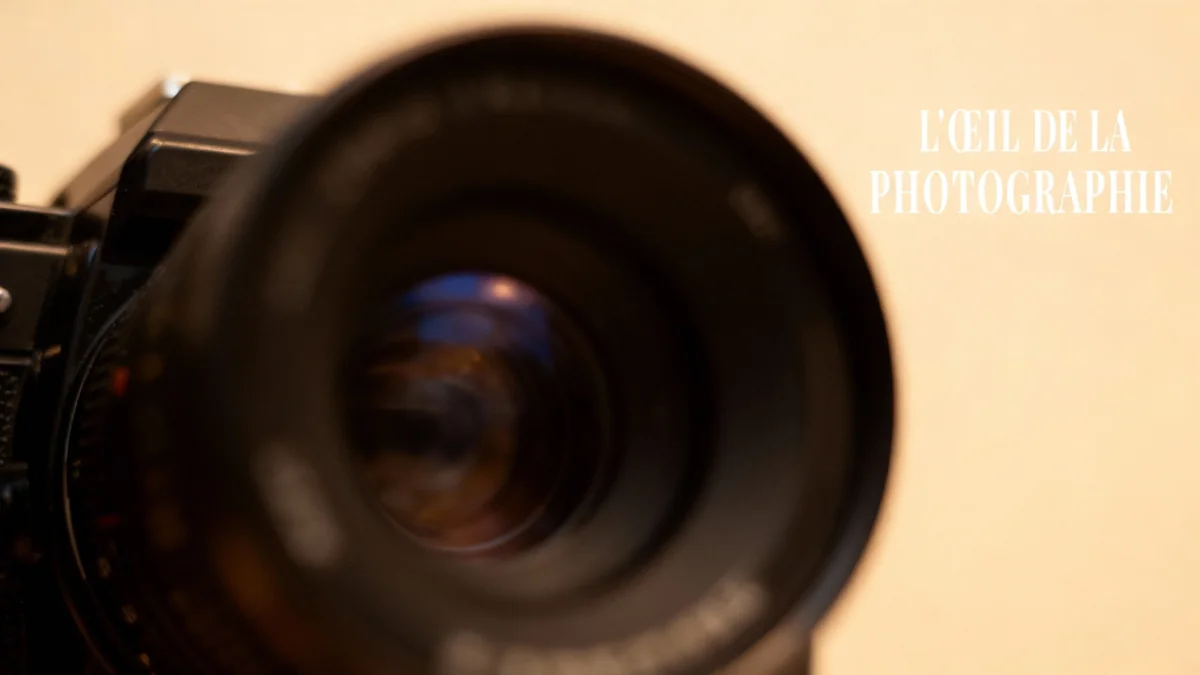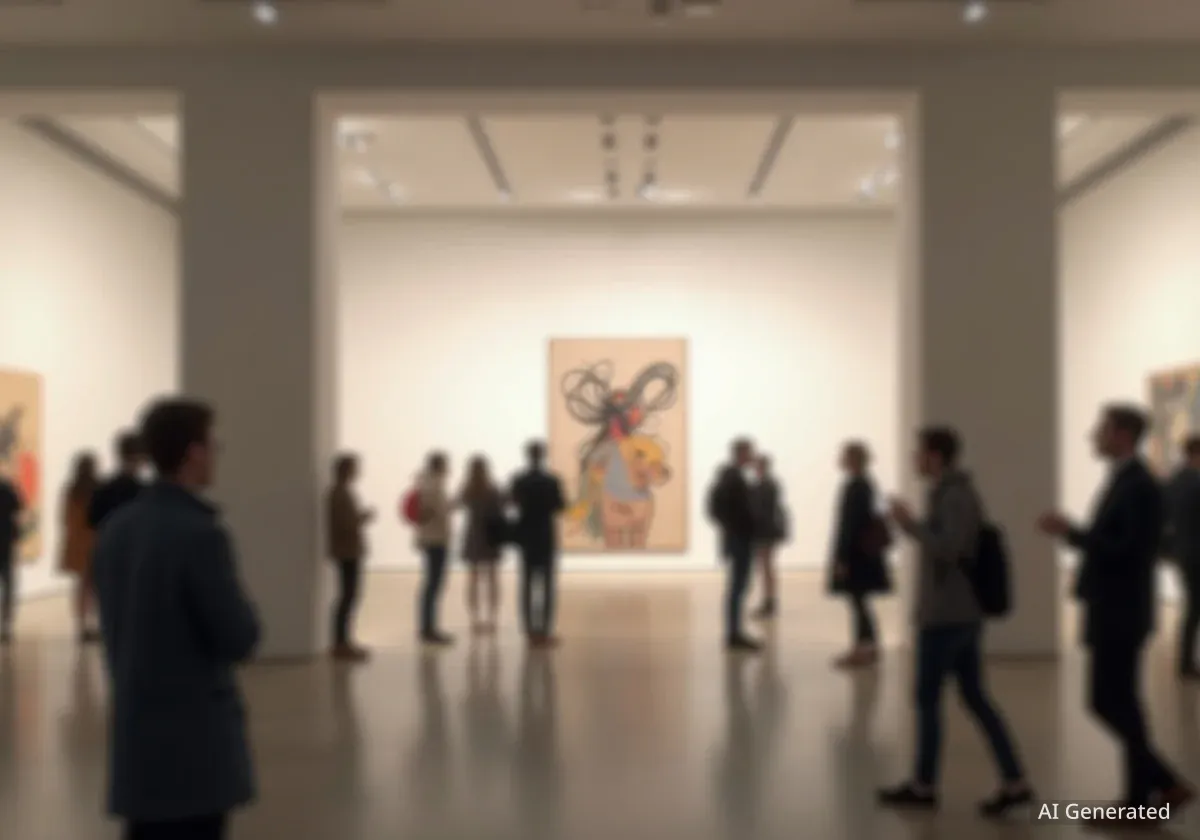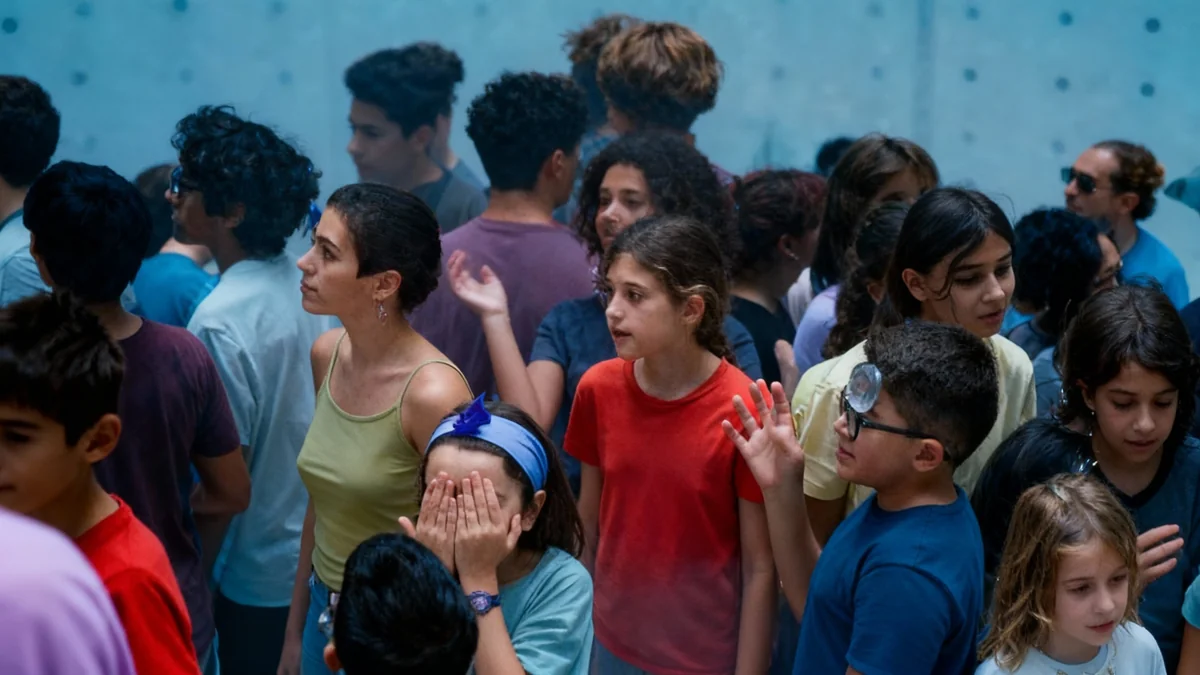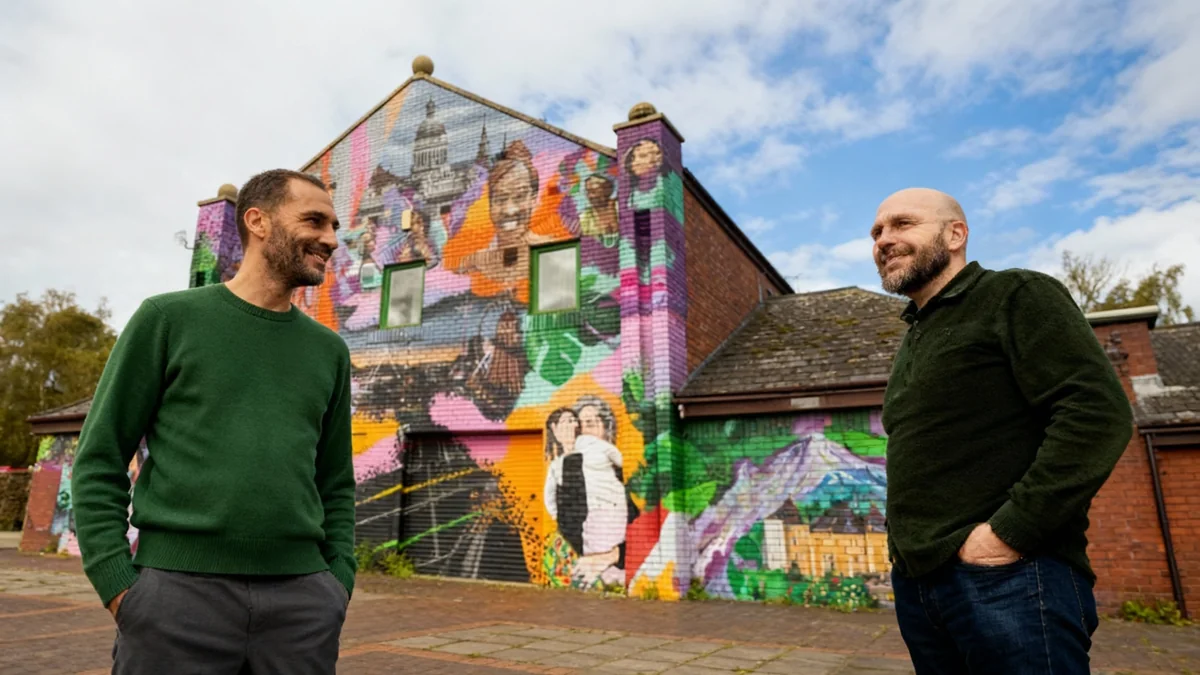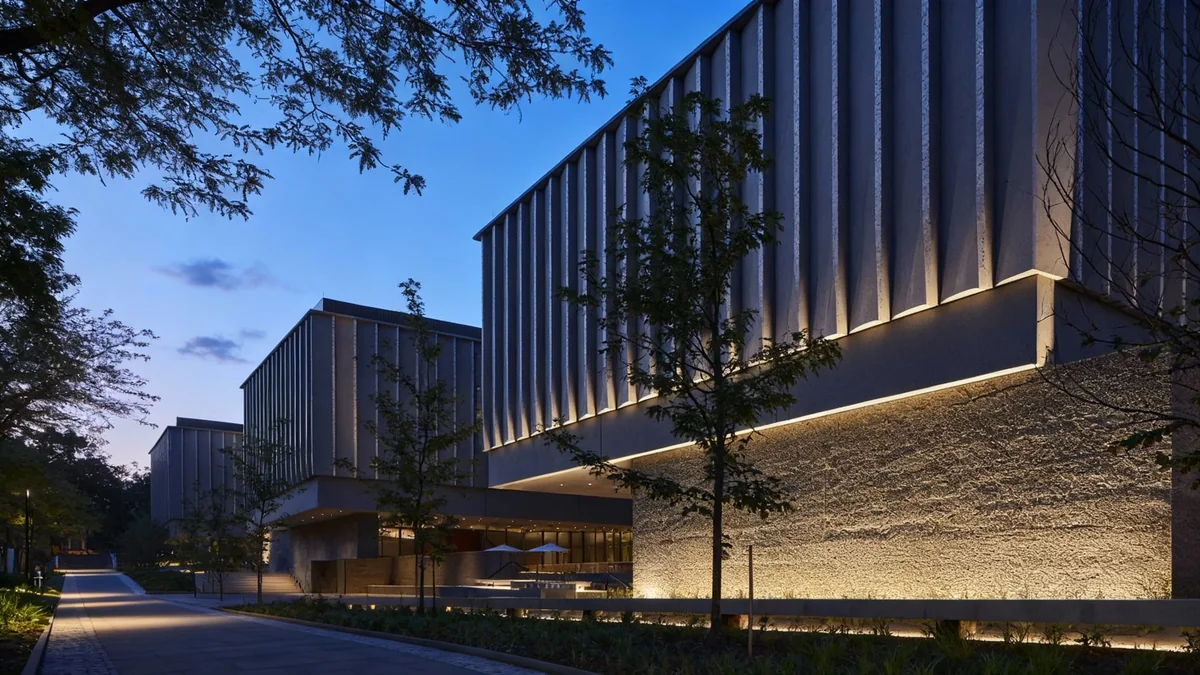A major retrospective celebrating the 100th anniversary of Robert Rauschenberg's birth is now open at the Museum of the City of New York (MCNY). The exhibition, titled "Robert Rauschenberg’s New York: Pictures from the Real World," focuses on the artist's profound connection to New York City and his innovative approach to integrating photography with everyday objects. This marks a significant moment in the global celebration of Rauschenberg's enduring legacy.
Key Takeaways
- The Museum of the City of New York is hosting a major Robert Rauschenberg photography retrospective.
- The exhibition celebrates the artist's centennial and runs until April 19, 2026.
- It explores Rauschenberg's unique relationship with New York City and his photographic practice.
- Three distinct sections showcase his early work, a national survey, and his integration of photography into paintings.
- The exhibition highlights Rauschenberg's pioneering role in postwar contemporary art.
Rauschenberg's Vision of the Real World
Robert Rauschenberg emerged as a leading figure in postwar New York City's contemporary art scene. His artistic journey was defined by a constant drive to push boundaries and experiment with new techniques and materials. He possessed a unique talent for transforming ordinary items into profound works of art, blending found objects with images and text from magazines and newspapers to create striking paintings and sculptures.
This particular MCNY exhibition shines a spotlight on Rauschenberg's often-overlooked mastery as a photographer. He captured the world with both a creative vision and a fresh perspective. The show delves into his photographic practice and its intricate interplay with his painting, sculpture, and assemblage works.
Did You Know?
Robert Rauschenberg was born in 1925, making this exhibition part of a yearlong global celebration of his centennial.
Three Perspectives on Photography
The exhibition is thoughtfully organized into three distinct sections, each offering a window into different facets of Rauschenberg's photographic journey. These sections reveal his evolution and his continuous exploration of the medium.
Early Photographic Experiments
The first section, titled "Early Photographs," features Rauschenberg’s initial forays into the medium. These images are largely intimate portraits, showcasing his early experiments with fundamental photographic elements like lighting, framing, and shadow. They provide a foundational understanding of his developing eye.
"In + Out City Limits" Survey
A significant portion of the exhibition is dedicated to "In + Out City Limits," a three-year photographic survey conducted across the United States from 1979 to 1981. This ambitious project was an idea Rauschenberg first conceived during his college years. This section deeply explores human culture, with New York City serving as a central, grounding backdrop. The photographs reflect Rauschenberg's keen awareness of the social landscape and his deep fascination with society and culture.
Artistic Context
Rauschenberg's work is often associated with Neo-Dada and Pop Art movements, known for challenging traditional art forms by incorporating everyday objects and imagery. His use of photography was groundbreaking in this context, blurring the lines between different artistic disciplines.
Photography in Painting
The final section, "Photography in Painting," brings together a collection of photographs taken between 1963 and 1994. These works combine Rauschenberg's New York City-centric images with photos captured during his travels around the world. This collection vividly demonstrates the transformation of his creative process, highlighting how his work continuously evolved over decades. The integration of global images with local scenes underscores his expansive artistic vision.
The City as a Catalyst
The exhibition is a collaborative effort with the Robert Rauschenberg Foundation. Courtney J. Martin, the Foundation's Executive Director, spoke about the profound importance of this partnership and the exhibition's theme.
"We are honored to support the Museum of the City of New York’s thoughtful and timely exhibition. New York was not only a backdrop for Rauschenberg’s practice, it was also a catalyst for the ways that his objects would take shape for the entirety of his career. This exhibition reminds us how the city’s energy, texture, and unpredictability were central to his groundbreaking approach to artmaking."
Martin's statement underscores the inseparable link between Rauschenberg's art and the vibrant, unpredictable spirit of New York City. The city's dynamic environment clearly fueled his innovative spirit and shaped his artistic output.
An Enduring Influence
Rauschenberg was a prolific artist whose influence continues to resonate within the art world. His legacy is one that commands celebration, and this centennial year provides a perfect opportunity to reexamine his art through a contemporary lens. His photographic work, in particular, merits this renewed attention, revealing a crucial aspect of his multifaceted genius.
The exhibition, "Robert Rauschenberg’s New York: Pictures from the Real World," is on view at the Museum of the City of New York, located at 1220 5th Ave, New York, NY 10029. It runs from September 12, 2025, through April 19, 2026. Visitors have ample time to experience this comprehensive look at a pivotal aspect of a modern master's career.
This retrospective offers a unique chance to see how Rauschenberg viewed and interpreted the world around him, especially his beloved New York City. His ability to find beauty and meaning in the mundane, and to elevate everyday objects into art, remains as inspiring today as it was decades ago. The exhibition solidifies his place not just as a painter or sculptor, but as a visionary photographer who captured the essence of his time.
The MCNY's commitment to showcasing Rauschenberg's photographic legacy provides valuable insight into his creative process. It highlights how his camera was not just a tool, but an extension of his artistic philosophy, allowing him to document and transform reality into his unique artistic language. This exhibition is a must-see for anyone interested in contemporary art, photography, or the cultural history of New York City.
